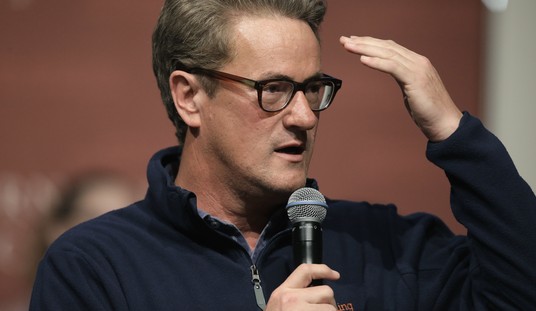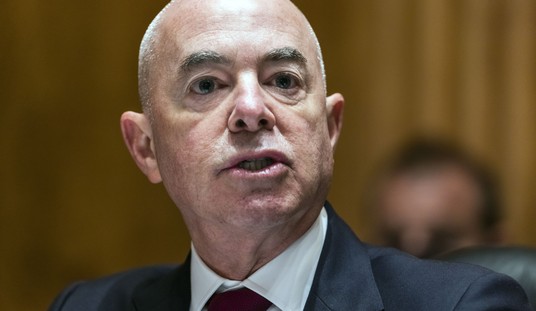Are you familiar with the M/O ratio? Well, it may just be the single most important equation to determine the direction of global stock markets. And while it's likely to help deliver robust gains for many emerging markets, it's a troubling ratio for China, Japan, Western Europe and North America. In fact, if a small-bit-growing group of economic demographers is correct, then our stock markets may be poised for a phase of underperformance until 2025.
The M/O ratio compares the number of middle-aged (M) (aged 40-49) people in a society to the number of old-aged (O -- between 60 and 69) people.
Take a look at these stats...
| 1. The M/O jumped from 0.18 in 1981 to 0.74 in 2000 |
 Baby boomers (the roughly 78 million people who were born between 1945 and 1964) are a powerful cohort. Their presence in the U.S. workforce began to grow quickly in the 1980s and, by the 1990s, there were three middle-aged Americans for every older American. How did this bulge kick in? Baby boomers (the roughly 78 million people who were born between 1945 and 1964) are a powerful cohort. Their presence in the U.S. workforce began to grow quickly in the 1980s and, by the 1990s, there were three middle-aged Americans for every older American. How did this bulge kick in?
Between 1956 and 1964, there were more than 4 million U.S. births annually, a feat that has never been matched since. |
Recommended
| 3. Japan has changed from being the youngest country in the developed world to the oldest, with its median age doubling from 22 to 44 in just 60 years |
 While a number of theories have been put forth about the relative underperformance of Japan's Nikkei index in recent decades, this demographic factor appears to have played the biggest role, according to Arnott and Chaves. While a number of theories have been put forth about the relative underperformance of Japan's Nikkei index in recent decades, this demographic factor appears to have played the biggest role, according to Arnott and Chaves.
Roughly 23% of all Japanese citizens are now over 65, up from 11.6% in 1989. This figure is set to keep rising. Japan's population is set to shrink from a current 125 million to 95 million by 2050, and a rising percentage of the population will be elderly, according to the Japanese Health Ministry. Here in the United States, roughly 14% of all Americans are over 65, and this percentage is expected to rise to 20% by 2030, according to the U.S. Administration on Aging. |
| 4. More than 10,000 Baby Boomers turn 65 every day |
 This milestone, which was only reached in 2011, will stay in place until 2030. When the Baby Boom began, there were roughly 15 active workers for every retiree. Now, that ratio has shrunk to just 2-to-1, and is expected to keep dropping. (The slow economy has led some Baby Boomers to forestall retirement, which will slow, but not stop this trend). This milestone, which was only reached in 2011, will stay in place until 2030. When the Baby Boom began, there were roughly 15 active workers for every retiree. Now, that ratio has shrunk to just 2-to-1, and is expected to keep dropping. (The slow economy has led some Baby Boomers to forestall retirement, which will slow, but not stop this trend).
Longevity is another factor: The average time between retirement and death for an American male has increased from 13 years to 17.5 years since 1970 -- a 34% jump, according to Amy Kessler, an economist with Prudential Reinsurance. Robert Arnott, the author of the earlier-noted paper on Demographics, told The Wall Street Journal in March 2012 that "in 10 years, there will be 10 new senior citizens for each new working-age citizen." |
| 5. The "100 rule" favors bonds |
 There is an investing maxim that you should adjust your portfolio over time by subtracting your age from 100 to decide the amount of your net worth exposure to stocks. i.e. a 65-year old should have 35% of assets (outside of homes, bonds, jewelry, etc.) in stocks and by the time one hits 80, that figure should drop to 20%. There is an investing maxim that you should adjust your portfolio over time by subtracting your age from 100 to decide the amount of your net worth exposure to stocks. i.e. a 65-year old should have 35% of assets (outside of homes, bonds, jewelry, etc.) in stocks and by the time one hits 80, that figure should drop to 20%.
As a result, aging Baby Boomers are likely to be net sellers of stocks, and at the end of the day, stock prices are determined by the simple rules of supply and demand. |
| 6. A P/E ratio of just 8.3? |
 That's the projected P/E ratio on the S&P 500 in 2025, roughly half of what it is today, according to San Francisco Fed's Liu and Spiegel. They arrive at that figure by extrapolating the declining M/O ratio, which has already fallen from 0.74 to 0.65, and could move below 0.50 by 2025. That's the projected P/E ratio on the S&P 500 in 2025, roughly half of what it is today, according to San Francisco Fed's Liu and Spiegel. They arrive at that figure by extrapolating the declining M/O ratio, which has already fallen from 0.74 to 0.65, and could move below 0.50 by 2025.
A shrinking P/E ratio doesn't mean the market will fall in absolute returns, but returns will lag the rate of inflation, according to these economists. |
Action to Take --> Is this an argument to sell all stocks? No way. Instead, it should be seen as a possible limit on the market's long-term potential, which may reduce the gains for the buy-and-hold crowd. As we've seen in the past few years, investors willing to move aggressively into stocks when they tumble and take profits when they rally have been able to profit from big market swings.
This demographic focus also has one other clear corollary. Many emerging markets in Asia and Latin America have a much better M/O ratio, and are only now entering the sweet spot of the M/O cycle. So it's imperative that you increase your exposure to emerging markets to act as a buffer against the demographic slowdown in the West.
PS -- It's finally here... our Top 10 Stocks for 2013. Since we first began publishing this annual report in 2003, our picks have beaten the market seven out of the past nine years... including average annual gains of up to 38.7% in a single year. Go here to learn more.



























Join the conversation as a VIP Member